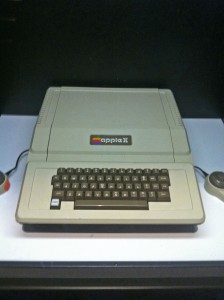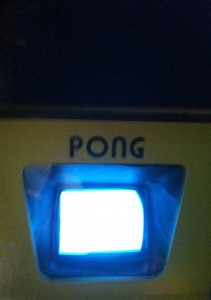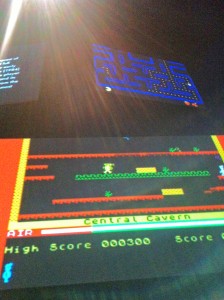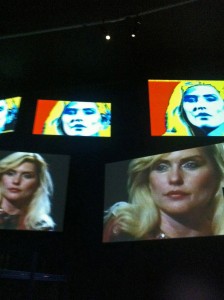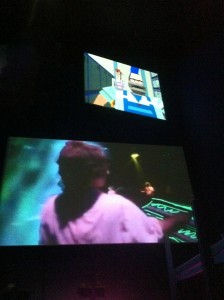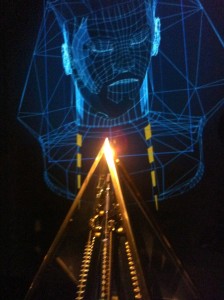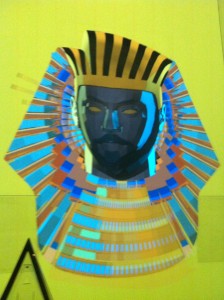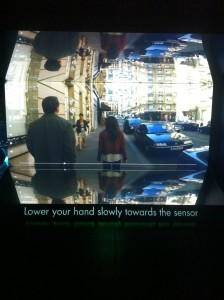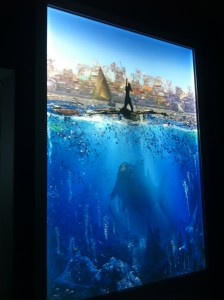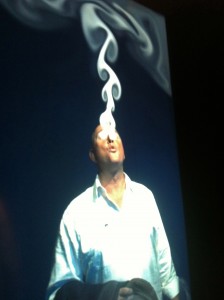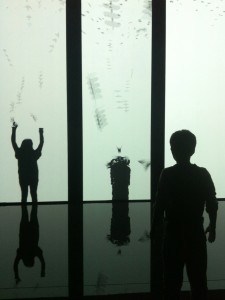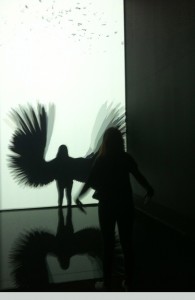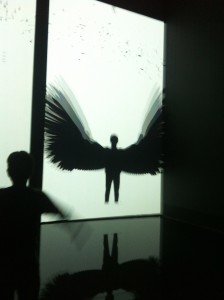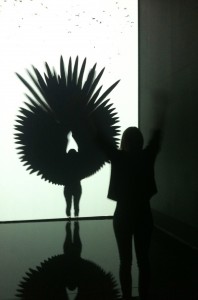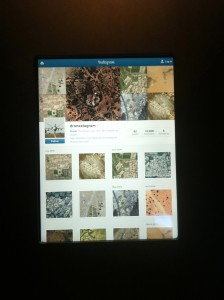It’s pretty fun when you can re-live your digital youth and peer into the future all in the same day. Complete with a few happy snaps from an iPhone – here’s your chance to do the same.
The Digital Revolution is an exhibition at the Barbican Arts Centre in London, spanning the startlingly short timeframe between some of the first computer creations to today and glimpses of what is still to come. While we might baulk at some of our digital addictions – such as the 183 billion emails sent every day – who could fail to be enthralled by the seemingly limitless possibilities of it all. The first part of the exhibition looks at how it all began – with some memory-jogging moments like the early Apple Macs,
Remember Andy Warhol in 1985 making art with an Amiga 1000 and Debbie Harry, live on air.
And it wasn’t just artists making musicians into art, it was musicians making art into pop, when Dire Straits aired their ground-breaking video in 1985.
That partnership was brought right up to date by Will.i.am and Yuri Suzuki in the Pyramidi – making art and music together, with reconstructed musical instruments that looked like decorations, and an ever-changing face that followed your every movement – the photos don’t do it justice so do check out the website – it was pretty groovy!
There were also a few historical surprises – did you know that the technology used in The Abyss became Photoshop? As the exhibition continues, so does the magnitude of digital development. A fascinating film from Tim Webber about the creation of Gravity tells of how it was more than a year in pre-production rendering before they even brought a single actor into the studio. Indeed, even in the end, the human part was literally a fraction of the actors involved.
Along the corridor and the digital mirror is held up to our faces – and this is how we look :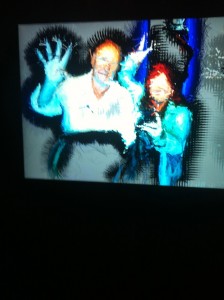
Daniel Rozin’s “Mirror No. 10” which turns the viewer into almost an abstraction was a lot of fun, as was the freakish installation by Rafael Lozano-Hemmer – titles “The Year’s Midnight” . After staring into a video image of yourself for a few seconds, smoke comes pouring from your eyes, regardless of which way you moved your head.
And if that isn’t enough, check out the birds in Chris Milk’s The Treachery of Sanctuary As you watch your shadow raise its arms, the circling birds swoop down and begin devouring you – fingers first – until you move along to the last screen where all childhood dreams come true and you really do get to grow wings and fly away – amazing!
Other birds came alive when you called – on the telephone. The faces of some feathered friends were pasted onto old mobile phones and just one call from an even older style analogue phone was enough to bring them to life. It was pretty dark, so the pictures on their phones are better than the one on ours! It was not all art – some was very sobering reality, such as the dronestagram – set up by journalist James Bridle to show US drone strikes in Afghanistan and Yemen – images that we rarely would see otherwise.
This is his take on technology: “History, like space, is co-produced by us and our technologies: those technologies include satellite mapping, social photo sharing from handheld devices, and fleets of flying death robots. We should engage with them at every level. These are just images of foreign landscapes, still; yet we have got better at immediacy and intimacy online: perhaps we can be better at empathy too.” The exhibition was enlightening, exciting, sobering and fascinating all in one. If you get a chance to see it in London or it comes to your town – don’t miss it.



